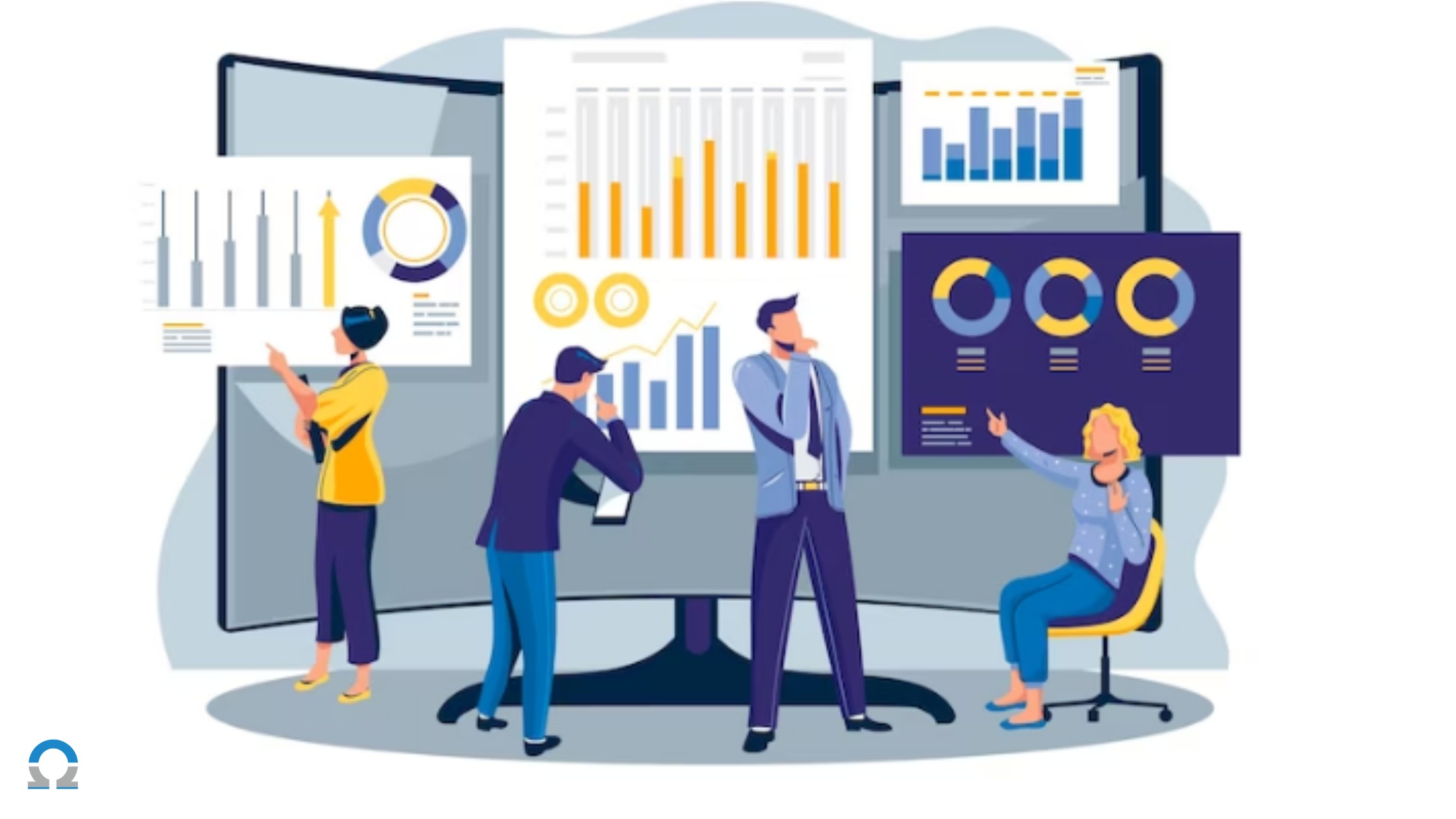Blog categories
Using Predictive Analytics to Forecast Trends and Make Informed Decisions
Introduction:
In today's data-driven world, businesses and organizations are constantly seeking ways to gain a competitive edge. One powerful tool in achieving this is predictive analytics. This technique involves using historical data, statistical algorithms, and machine learning to identify the likelihood of future outcomes. In this article, we will delve into the step-by-step process of utilizing predictive analytics to forecast trends and make informed decisions.
Table of Contents:
1. Data Collection and Preparation
2. Define Objectives and Key Performance Indicators
(KPIs)
3. Selecting the Right Predictive Model
4. Training the Predictive Model
5. Validation and Testing
6. Implementing the Predictive Model
7. Monitoring and Maintenance
8. Conclusion

Step 1: Data Collection and Preparation
The first crucial step in using predictive analytics is gathering relevant data. This may include sales records, customer demographics, website traffic, or any other data pertinent to your objectives. Once collected, the data must be cleaned and organized to remove any inconsistencies, missing values, or outliers that could skew the results.
Step 2: Define Objectives and Key Performance Indicators (KPIs)
Before diving into the analytics, it's imperative to clearly define the objectives you want to achieve. These objectives will guide the entire process. Additionally, establish Key Performance Indicators (KPIs) that will be used to measure the success of the predictive model. For example, if the goal is to increase sales, the KPI could be revenue growth.
Step 3: Selecting the Right Predictive Model
Choosing the appropriate predictive model is pivotal to the accuracy of your forecasts. Common models include linear regression, decision trees, and neural networks. The selection depends on the nature of the data and the complexity of the relationships you are trying to uncover.
Step 4: Training the Predictive Model
Once the model is chosen, it needs to be trained using the prepared dataset. This involves feeding the algorithm the historical data and allowing it to learn the patterns and relationships. The model will adjust its internal parameters to minimize the prediction errors.
Step 5: Validation and Testing
After the training, it's crucial to validate the model's accuracy. This is typically done by using a separate set of data (not used during training) to test the model's predictions. The validation process helps ensure that the model is not overfitting (fitting too closely to the training data) and that it can generalize well to new, unseen data.
Step 6: Implementing the Predictive Model
Once validated, the predictive model is ready for implementation. This involves integrating it into your existing systems or processes. For example, if you're using it to forecast sales, the model's predictions could be incorporated into your inventory management or production planning.
Step 7: Monitoring and Maintenance
Predictive models are not static; they require ongoing monitoring and maintenance. Regularly evaluate the model's performance against the established KPIs. If performance drops or if there are significant changes in the data, retraining the model may be necessary.
Conclusion:
Predictive analytics is a powerful tool that can provide
businesses with valuable insights and a competitive edge. By
following these steps - from data collection and preparation
to model implementation and maintenance - organizations can
harness the potential of predictive analytics to forecast
trends and make informed decisions. Remember, the key lies
not only in the accuracy of the model, but also in the
continuous refinement and adaptation to changing business
landscapes. Embracing predictive analytics can lead to more
agile, data-driven, and ultimately successful operations.
For more details contact us at
sales@infoscience.co
or whatsapp at
+1 313 462 0002
- Tags :
- Predictive Analytics
- Data Analysis
- Business Intelligence
- Forecasting
- Machine Learning
- Data-driven Decision Making
- Predictive Modeling
- Trend Forecasting
- Key Performance Indicators (KPIs)
- Data Preparation
- Model Training
- Implementation
- Monitoring and Maintenance